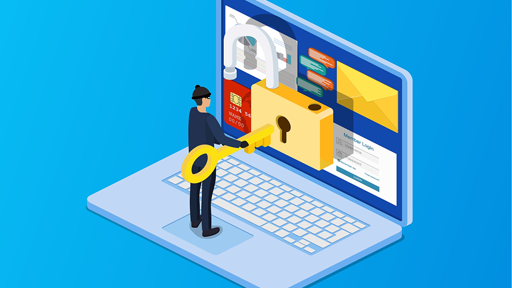Vulnerabilities in software are very common, and generally, they get fixed in patches and software updates. But what about the vulnerabilities that get compromised before they are fixed? They are zero-day exploits.
When looking at how to protect your organisation from cyberattacks, it is important to know where vulnerabilities could occur, and how to protect against them. However, ‘zero-day’ is used to describe a new software vulnerability, and there is no patch or fix for it yet, which may leave software particularly vulnerable to being exploited by a hacker or bad actor.
‘Zero-day’ means the software developers have ‘zero-days’ to fix the issue, reflecting the urgency of the situation, as no one wants the vulnerability being exposed and taken advantage of. If a patch isn’t released before someone manages to exploit the security flaw, it’s referred to as a ‘zero-day exploit’ or ‘zero-day attack’.
Can I protect my devices against one?
This can be difficult, as more often a zero-day vulnerability will not be publicly known, at least not in the mainstream. Also, potential attacks will differ from software to software meaning there will be no general ‘quick fix’ before a patch is released.
However, there are a few things you can do to help your security hygiene in general.
To begin with, always check that the software and operating systems on your computer, phone, and tablet are all up to date. Hackers will often take advantage of weaknesses in older versions of the software.
It would also be an advantage to stay informed about cybersecurity issues in general. We use our digital devices in all aspects of our lives, meaning if they get compromised, we are too.
If you are looking for cyber security monitoring services, talk to us today.

